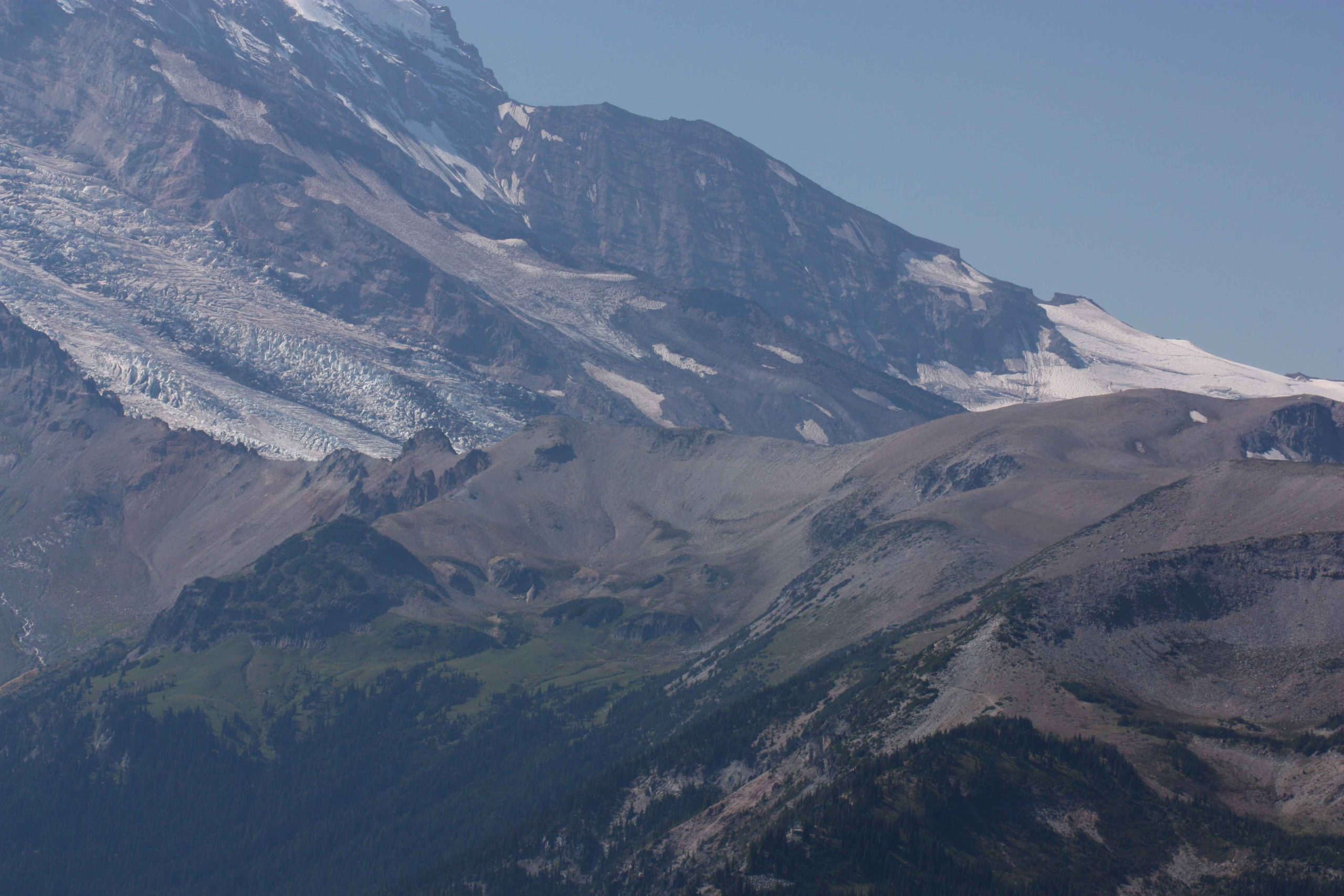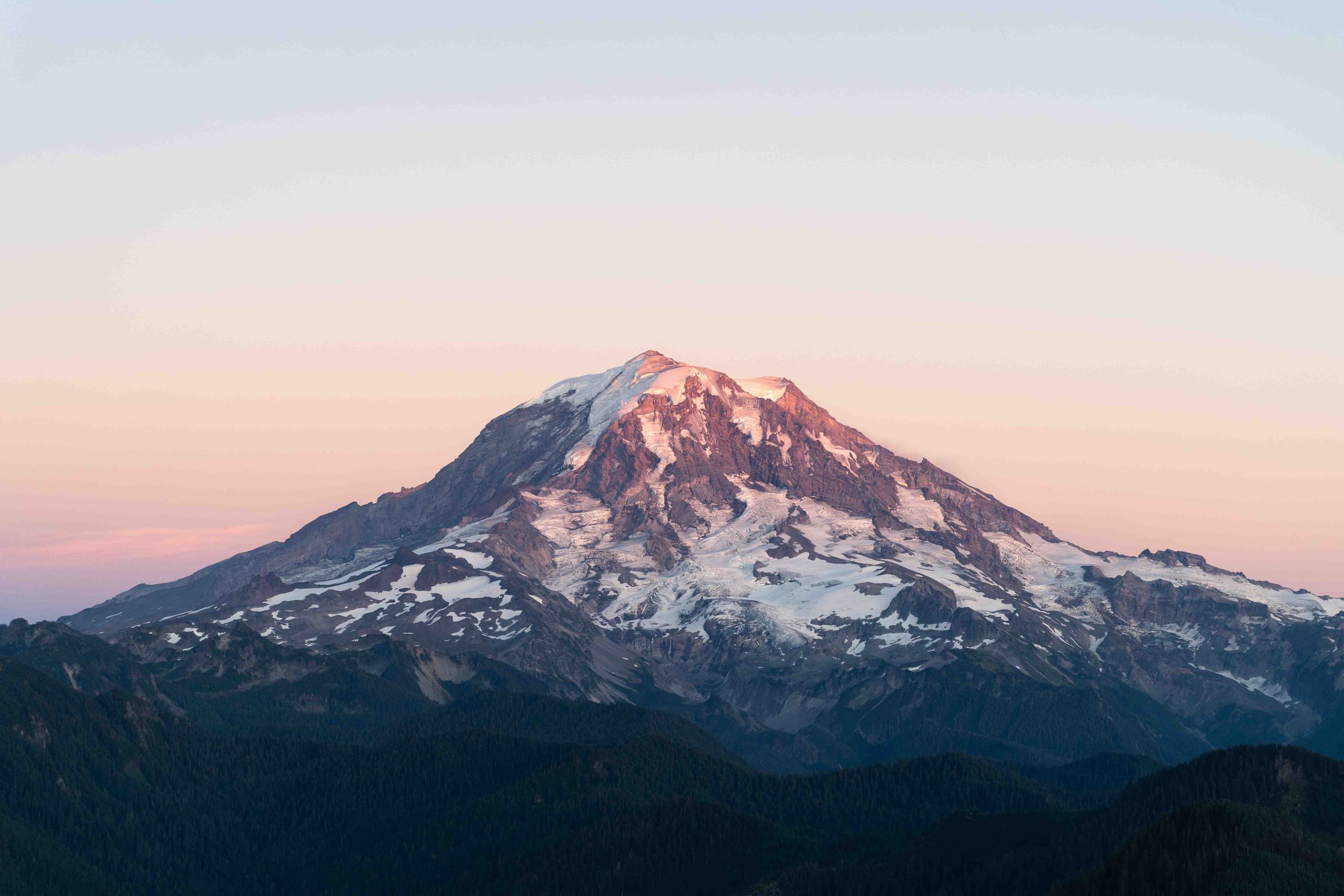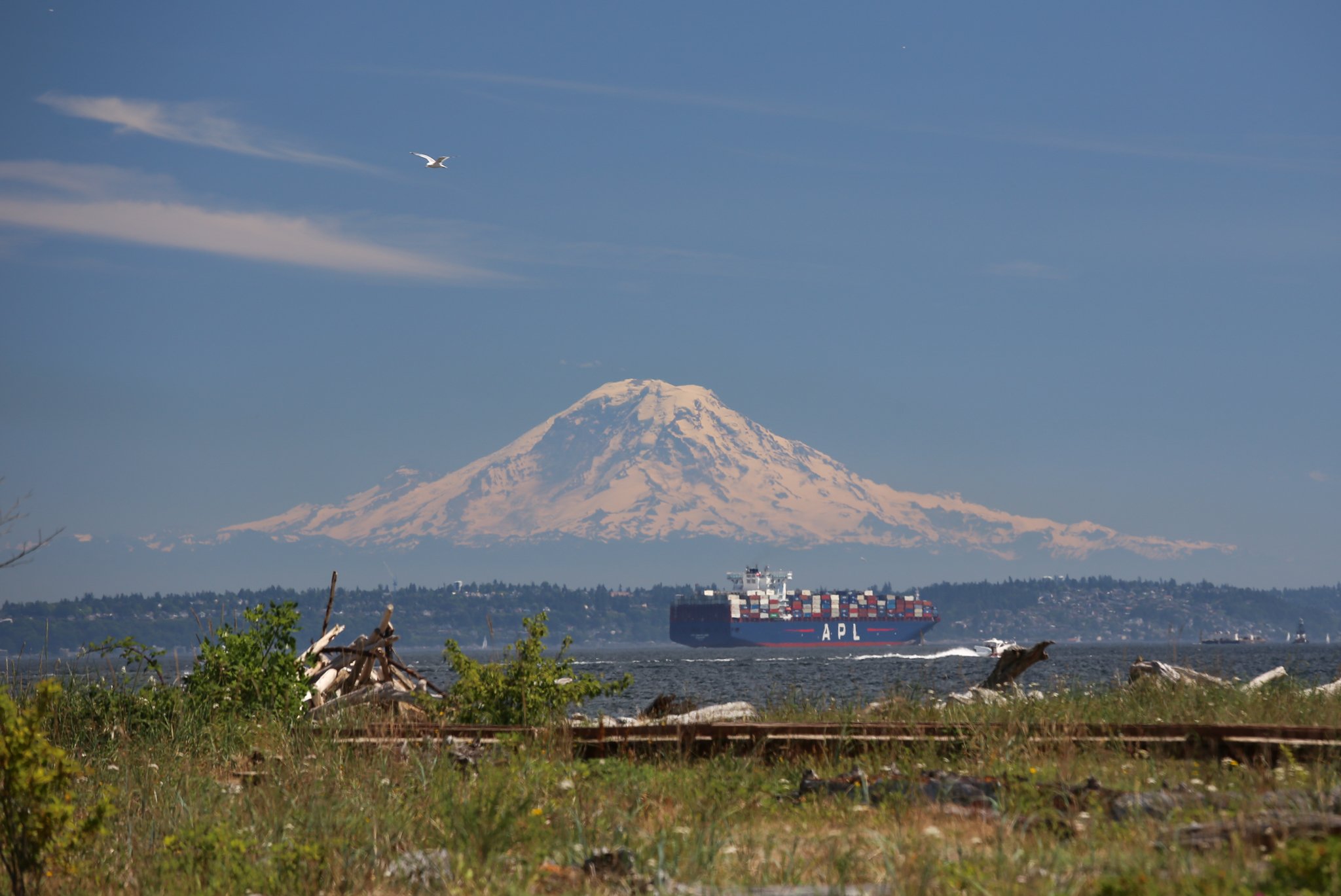Mount Rainier National Park, home to the iconic Palisades Trail, is a popular destination for hikers and nature enthusiasts. While there are no current reports of a fire on the Palisades Trail, fire safety remains a crucial concern in the park. This article explores the park’s fire regulations, hiking conditions on the Palisades Trail, and general safety measures to ensure a safe and enjoyable experience for visitors.
What Are the Current Fire Safety Measures in Mount Rainier National Park?

Fire safety is a top priority in Mount Rainier National Park, especially considering the potential risks to both visitors and the delicate ecosystem. The park has implemented several measures to prevent and manage wildfires:
-
Wilderness Fire Restrictions: Fires are strictly prohibited in wilderness areas of the park. This rule helps preserve the natural environment and reduces the risk of accidental wildfires.
-
Designated Campfire Areas: Campfires are only allowed in developed rings within designated camping areas. This restriction helps contain potential fire hazards and minimizes the impact on the surrounding landscape.
-
Fire Safety Education: The park provides information and education to visitors about fire safety, emphasizing the importance of responsible behavior in fire-prone areas.
-
Regular Monitoring: Park rangers and staff regularly monitor conditions throughout the park, including the Palisades Trail area, to quickly identify and respond to any fire-related issues.
What Are the Current Hiking Conditions on the Palisades Trail?

The Palisades Trail offers a challenging and rewarding hiking experience within Mount Rainier National Park. Here’s an overview of the current conditions and what hikers can expect:
| Trail Feature | Description |
|---|---|
| Length | 15.9 miles roundtrip |
| Elevation Gain | 2,680 feet |
| Highest Point | 5,300 feet |
| Difficulty | Challenging |
Key Trail Characteristics:
-
Steep Climbs: The trail features several steep sections and switchbacks, requiring good physical fitness and proper hiking gear.
-
Diverse Landscapes: Hikers will encounter various ecosystems, including dense forests, cascading waterfalls, and alpine meadows.
-
River Crossings: Some parts of the trail involve crossing streams or rivers, which can be challenging depending on water levels.
-
Weather Variability: Mount Rainier’s weather can change rapidly, so hikers should be prepared for sudden shifts in conditions.
-
Wildlife Encounters: The trail passes through areas inhabited by diverse wildlife, including deer, marmots, and potentially bears.
How Does Weather Impact Trail Conditions in Mount Rainier National Park?
Weather plays a significant role in shaping trail conditions throughout Mount Rainier National Park, including the Palisades Trail:
- Snowfall and Melt: The park experiences heavy snowfall in winter, which can persist well into spring and early summer at higher elevations. This snow melt can lead to:
- Trail erosion
- Damaged footbridges and logs
-
Increased water levels in streams and rivers
-
Spring Thaw: As temperatures rise, melting snow can create muddy and slippery conditions on trails.
-
Summer Dry Spells: During extended dry periods in summer, trails may become dusty, and vegetation along the path might be more susceptible to fire risk.
-
Autumn Conditions: Fall brings cooler temperatures and the possibility of early snowfall at higher elevations, which can affect trail accessibility.
What Should Hikers Know About Environmental Protection on the Palisades Trail?
Protecting the delicate ecosystem of Mount Rainier National Park is crucial for preserving its beauty and biodiversity. Hikers on the Palisades Trail should be aware of the following:
-
Stay on Designated Paths: It’s essential to remain on marked trails to prevent damage to sensitive vegetation, especially in areas like alpine meadows.
-
Leave No Trace: Practice Leave No Trace principles by packing out all trash and minimizing impact on the environment.
-
Wildlife Respect: Observe wildlife from a distance and do not feed or approach animals.
-
Plant Protection: Avoid picking flowers or disturbing plant life along the trail.
-
Water Source Care: When crossing streams or camping near water sources, use biodegradable soap and dispose of waste water properly.
How Does the Park Manage Trail Maintenance and Visitor Safety?
Mount Rainier National Park employs various strategies to maintain trails and ensure visitor safety:
- Regular Trail Maintenance: Park staff and volunteers work to:
- Clear fallen trees and debris
- Repair damaged footbridges and trail sections
-
Improve drainage to prevent erosion
-
Safety Advisories: The park regularly updates its website and visitor centers with current trail conditions and safety advisories.
-
Emergency Response: Rangers are trained in emergency response and can be contacted in case of accidents or emergencies on the trail.
-
Visitor Education: Information boards and ranger programs provide visitors with essential safety tips and park regulations.
-
Permit System: For overnight stays in the backcountry, including areas along the Palisades Trail, a permit system helps manage visitor numbers and impact.
What Are the Best Practices for Fire Prevention While Hiking?
While there are no current reports of fires on the Palisades Trail, hikers should always practice fire safety:
-
No Smoking: Smoking is prohibited on trails and in backcountry areas.
-
Proper Disposal: If smoking is allowed in designated areas, ensure cigarettes are fully extinguished and disposed of properly.
-
Stove Use: When using camping stoves, do so only in cleared areas and away from flammable materials.
-
Report Hazards: If you notice any fire hazards or suspicious activities, report them to park rangers immediately.
-
Emergency Preparedness: Familiarize yourself with evacuation routes and have a plan in case of unexpected fire events.
By following these guidelines and staying informed about current conditions, visitors can help protect Mount Rainier National Park’s beautiful landscapes, including the Palisades Trail, for future generations to enjoy. Always check with park officials for the most up-to-date information before embarking on your hiking adventure.
References:
- https://www.fox13seattle.com/news/mt-rainier-trails-viral-post
- https://www.wta.org/go-hiking/hikes/palisades
- https://www.nps.gov/mora/planyourvisit/trails-and-backcountry-camp-conditions.htm

